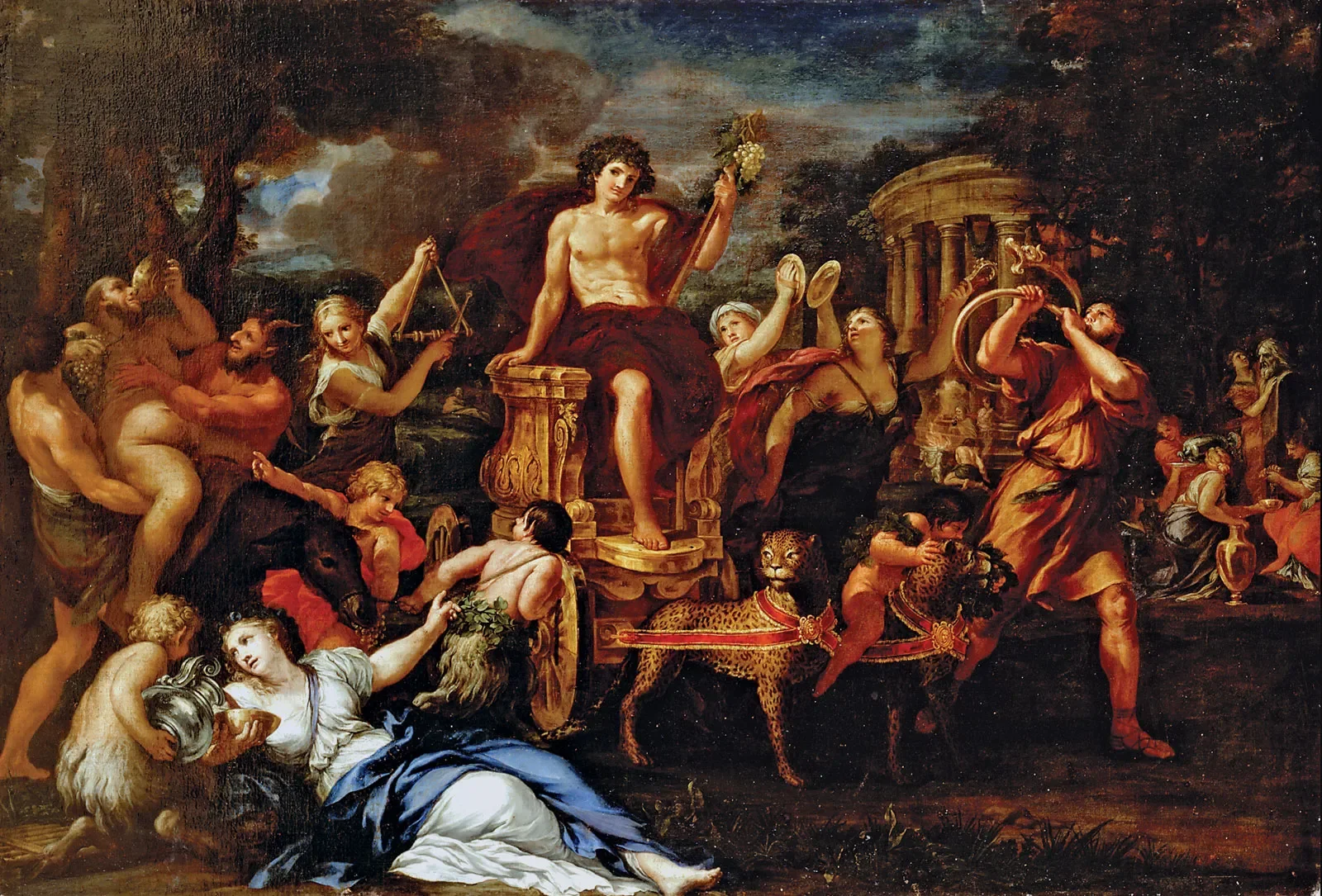Archaeologists working in the Czech Republic have discovered the remains of a kitchen dating back to the 15th century. Many items have been found in remarkable condition, including pots with their lids intact and kitchen utensils.
The discovery was made this summer during a dig at Nové Jičín, a town in the eastern section of the country. During the excavation of a house, archaeologists from the National Heritage Institute and the Nové Jičín Museum searched an area that was once a courtyard from the early modern era. Here they found the stone foundations of an older building followed by the remains of a charred wooden floor.
This led them to a well-preserved brick oven with a raised hearth and an iron grate that had been deformed by fire. More artefacts were soon uncovered, including kitchen utensils, a wooden spoon and unbroken ceramic dishes that still had their lids. In addition to the obvious evidence of kitchen operation, other medieval artefacts were also found on the wooden floor, including a considerable number of glass rings that were probably part of a woman’s necklace, a hanging bolt spring lock from a door or chest, a three-pronged pitchfork and a spearhead.
Not much is known about the medieval settlement at Nové Jičín, but the archaeologists believe that this house was probably destroyed by fire in the 15th century, maybe during the Hussite wars.
“The working hypothesis is that the house was destroyed during the conquest of the city by the Hussites in 1427, when Hussite forces campaigned in Moravia and Silesia,” says František Kolář, an archaeologist from the National Heritage Institute. “Several independent historical sources mention the siege and conquest of the town, including the massacre of some of its citizens.”
He adds that the items were found in this state because the inhabitants may have been forced to quickly abandon the house.
Two of the preserved vessels, found in the mouth of a medieval furnace. Photo by Pavel Stabrava, Museum of Novy Jicin.
Pavel Stabrava, an archaeologist from the Nové Jičín Museum, tells Radio Prague International that this home probably belonged to a middle-class burgher family:
Since the house was located near the town walls, this would have been a less wealthy burgher family. The richest burghers would have lived in so-called ‘beer court’ houses around the town square.
The mouth of the furnace, found in the interior of a defunct older (Gothic) house with a cooking platform with preserved kitchen inventory, including a burnt wooden spoon. Photo by Pavel Stabrava, Museum of Novy Jicin.
The artefacts have now been sent to experts for further conservation, after which they will go on display at the Nové Jičín Museum. The archaeologists hope that further planned excavations around the exterior of the house will reveal more about the medieval town and its inhabitants.
Photo documentation of research into the interior of a defunct older building. Photo by Pavel Janek, Museum of Novy Jicin.










